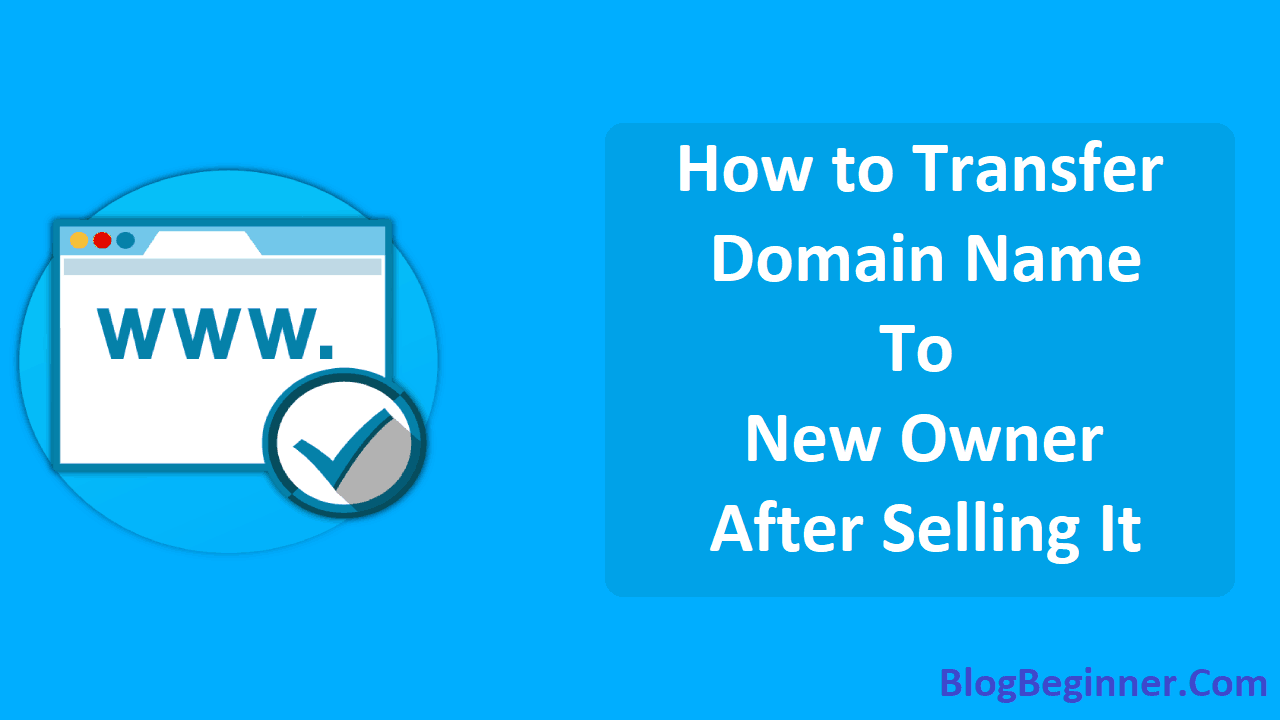Having website ownership is one thing, but transferring it is another issue.
Many people end up selling their websites for one reason or another, but they often overlook the issues that are commonly associated with ownership.
Many of them also have no idea how to transfer the ownership after they’ve sold their website domain.
Luckily, the solution is very simple and straightforward.
The only thing you need to do is follow several crucial steps, and you will be able to transfer your website ownership in no time. In the lines below, we will cover all of these steps thoroughly, and we will guide you through each of them so that you can transfer your ownership as quickly as possible.
Let’s get started!
Contents In Page
Make sure that both sides agree with the final terms
The first thing we need to ensure is that both we and our buyer agree with the final terms of our trade. If both sides don’t reach a mutual agreement, there’s really no point in moving on.
We need to close the trade and check our funds. Once we’ve received the payment, we can initiate the transfer.
Most modern websites have escrow services available for these transactions. But we need to be very careful, as this particular feature is a common target for malicious hackers.
Don’t risk anything and don’t rush. Make a proper agreement, sign all documents, and wait for the other side to make a payment. Once you have the money, you can start transferring your ownership.
Always check your domain name subscription as well
Before we transfer the website ownership, we need to make sure that we have an overview of how much time we have left on our domain name.
A typical subscription usually gives us a year-long right on our name, but some of them offer longer ownerships as well. When selling our domain, we are basically transferring it in the middle of the subscription period.
The sad reality is that, when the seller gets full ownership of the domain, they will also inherit the buyer’s subscription and all obligations that come with it.
So no matter how much time we have left on our subscription, we need to inform the buyer about it. That way, they can renew the account before it goes dormant. If such a scenario happens, the domain will be virtually free.
The subscription costs are not high in general (they’re typically not greater than $10), but we need to make sure that our buyer is aware of all these facts before they get the ownership of their new domain.
The buyer needs to prepare everything so that they can easily claim the ownership of the website domain
The buyer needs to set up an account and connect it to their domain name. At the same time, they also need to ensure that the registrar is set up properly as well.
Once they do that, all they need to do is ensure that their account contains the registrar so that they can easily connect it to a domain name.
Technically, you can transfer your ownership between different registrars as well, but it’s a very complex procedure. The one that we’ve described here is much easier as the buyer has all the flexibility that they need.
If they want, they can simply transfer the domain name to a different registrar at a later point in time. They might need to pay some additional fees, but they’re not very high, so it’s not such a big issue.
Make sure you’ve changed all the relevant settings before you transfer the ownership
The default account settings are heavily connected to one’s profile, and they don’t allow any transfers whatsoever. So you need to change them as quickly as possible before the transfer is initiated.
The first setting that you need to turn off is “domain lock” (in some cases, you can also find it under the name of “domain ownership”).
What does that setting do?
Well, this is the setting that pulls the brake on any ownership transfers. So naturally, the sooner you turn it off, the faster you’ll be able to hand over your website ownership.
The second option that you should pay attention to is “domain privacy.” As the name suggests, this option prevents the buyer from getting the authorization link that would give them complete control of your website.
Finally, the last step is to ensure that, once you’ve turned off the previous two settings, the email with the authorization link ends up in the buyer’s inbox.
By default, you should see your email address on the list, so all you need to do is change it.
The buyer now has to initiate a transfer request
Now the buyer needs to initiate the transfer request.
The process is very simple, but if they’ve never done it, they may need assistance.
The first thing they need to do is log in to their account and submit their request for ownership transfer.
This process is identical for every registrar regardless of type and domain. It’s a very common operation, and each registrar will easily help the buyer find the relevant page that allows them to submit their transfer request.
The only thing they need to do is enter the domain name, and the request will be ready!
Now we need to accept the buyer’s transfer request
After the buyer submits their transfer request, all we need to do is log in and confirm that request. In an ideal scenario, we will get an email as soon as the buyer submits their request.
So we have to open our browser, log in to our account, and go to the user interface page. This tab displays all of our messages, and it allows us to initiate the ownership transfer.
Now we need to find the message that we’ve received from our buyer and accept the request.
As soon as we’ve accepted it, the process is officially over.
Of course, we should still be open to answering any further questions that the buyer may have, and we should keep all of the relevant paperwork. We should always be able to prove that we are no longer in charge of our website.
What should I do after my ownership is transferred?
Well, now you have a blueprint for all future website ownership transfers as well. But even if you have some doubts, you can always refer back to these instructions that we’ve provided.
Don’t be shy to look for input if you need it, as you need to do the entire procedure appropriately. If even one step fails, the consequences can be very dramatic.





![How to Make Money With Udemy by Selling Online Course [Trick+Method] How to Make Money With Udemy by Selling Course](https://www.blogbeginner.com/wp-content/uploads/2019/03/How-to-Make-Money-With-Udemy-by-Selling-Course-150x150.png)


